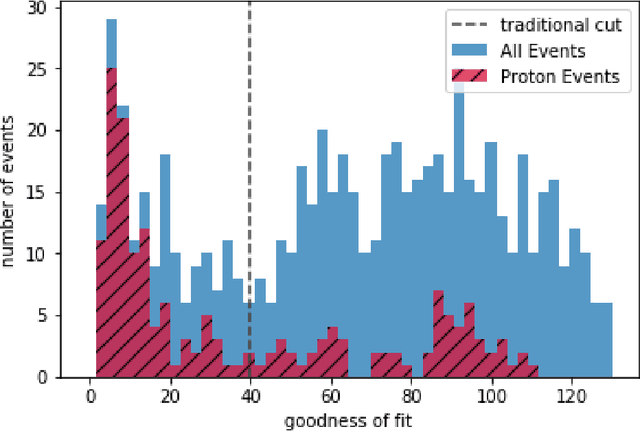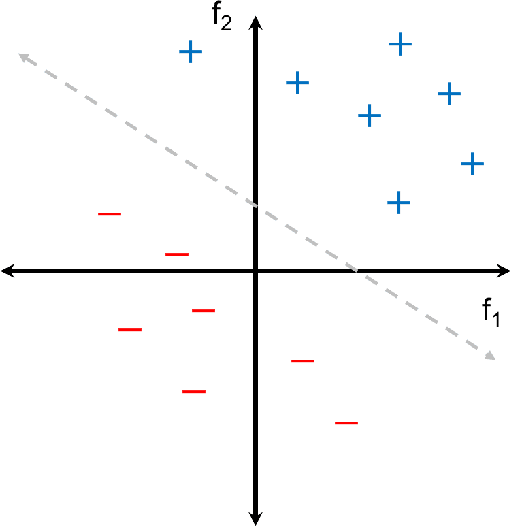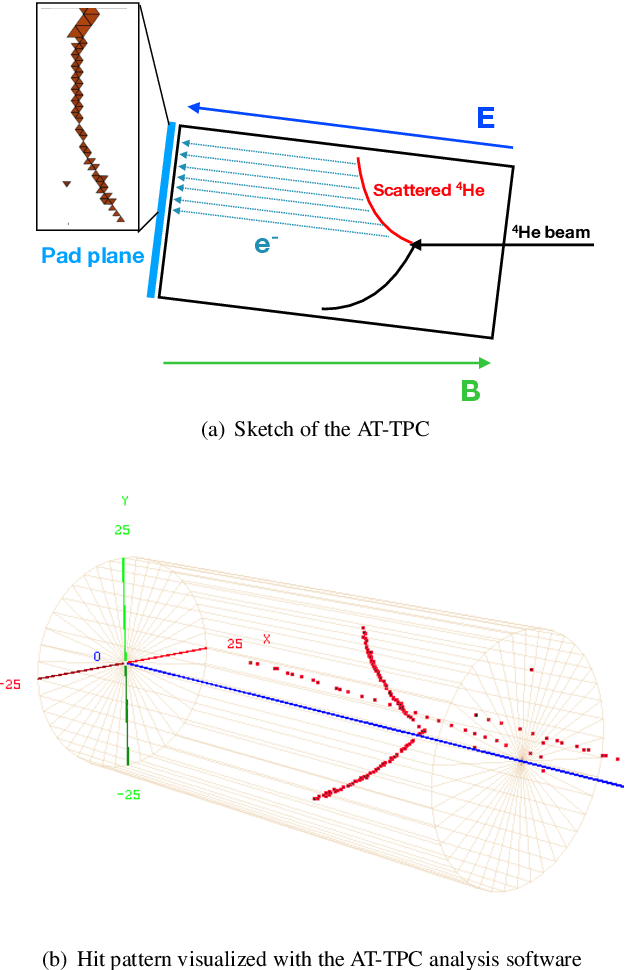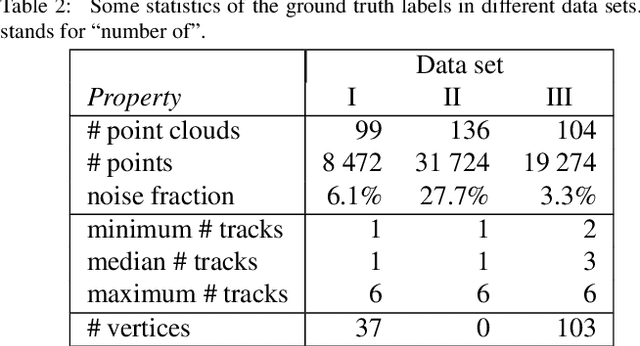Daniel Bazin
Unsupervised Learning for Identifying Events in Active Target Experiments
Aug 07, 2020Abstract:This article presents novel applications of unsupervised machine learning methods to the problem of event separation in an active target detector, the Active-Target Time Projection Chamber (AT-TPC). The overarching goal is to group similar events in the early stages of the data analysis, thereby improving efficiency by limiting the computationally expensive processing of unnecessary events. The application of unsupervised clustering algorithms to the analysis of two-dimensional projections of particle tracks from a resonant proton scattering experiment on $^{46}$Ar is introduced. We explore the performance of autoencoder neural networks and a pre-trained VGG16 convolutional neural network. We find that a $K$-means algorithm applied to the simulated data in the VGG16 latent space forms almost perfect clusters. Additionally, the VGG16+$K$-means approach finds high purity clusters of proton events for real experimental data. We also explore the application of clustering the latent space of autoencoder neural networks for event separation. While these networks show strong performance, they suffer from high variability in their results.
Machine Learning Methods for Track Classification in the AT-TPC
Oct 21, 2018



Abstract:We evaluate machine learning methods for event classification in the Active-Target Time Projection Chamber detector at the National Superconducting Cyclotron Laboratory (NSCL) at Michigan State University. An automated method to single out the desired reaction product would result in more accurate physics results as well as a faster analysis process. Binary and multi-class classification methods were tested on data produced by the $^{46}$Ar(p,p) experiment run at the NSCL in September 2015. We found a Convolutional Neural Network to be the most successful classifier of proton scattering events for transfer learning. Results from this investigation and recommendations for event classification in future experiments are presented.
Automatic trajectory recognition in Active Target Time Projection Chambers data by means of hierarchical clustering
Aug 20, 2018



Abstract:The automatic reconstruction of three-dimensional particle tracks from Active Target Time Projection Chambers data can be a challenging task, especially in the presence of noise. In this article, we propose a non-parametric algorithm that is based on the idea of clustering point triplets instead of the original points. We define an appropriate distance measure on point triplets and then apply a single-link hierarchical clustering on the triplets. Compared to parametric approaches like RANSAC or the Hough transform, the new algorithm has the advantage of potentially finding trajectories even of shapes that are not known beforehand. This feature is particularly important in low-energy nuclear physics experiments with Active Targets operating inside a magnetic field. The algorithm has been validated using data from experiments performed with the Active Target Time Projection Chamber developed at the National Superconducting Cyclotron Laboratory (NSCL).The results demonstrate the capability of the algorithm to identify and isolate particle tracks that describe non-analytical trajectories. For curved tracks, the vertex detection recall was 86\% and the precision 94\%. For straight tracks, the vertex detection recall was 96\% and the precision 98\%. In the case of a test set containing only straight linear tracks, the algorithm performed better than an iterative Hough transform.
 Add to Chrome
Add to Chrome Add to Firefox
Add to Firefox Add to Edge
Add to Edge